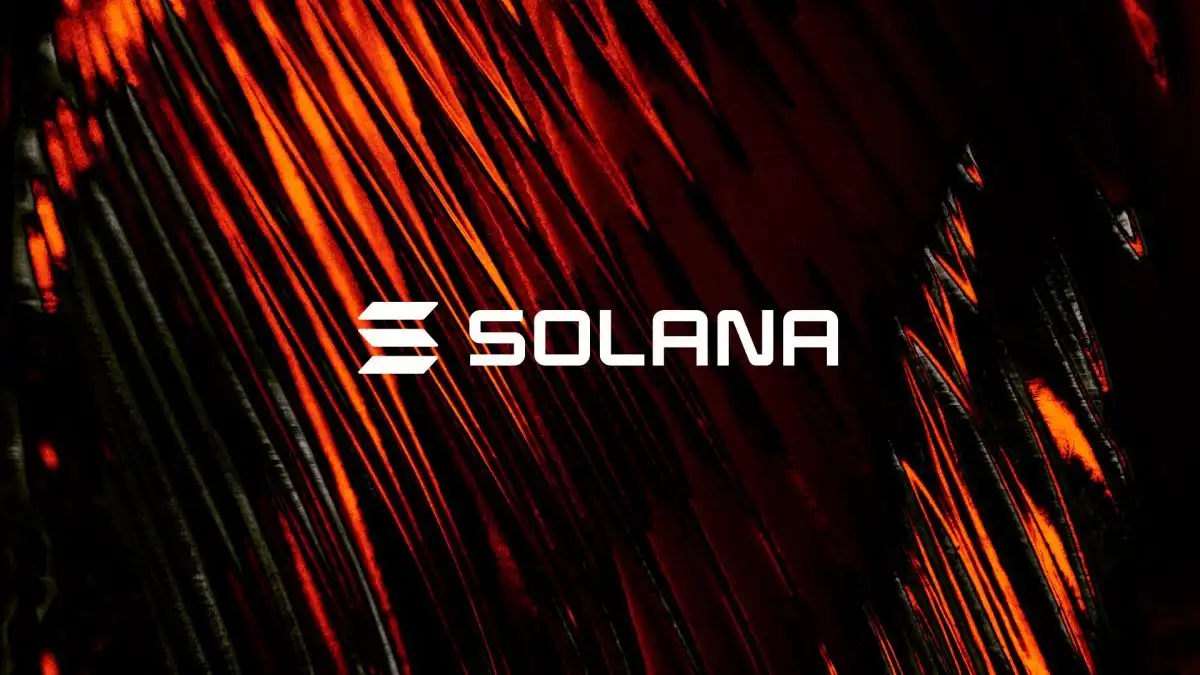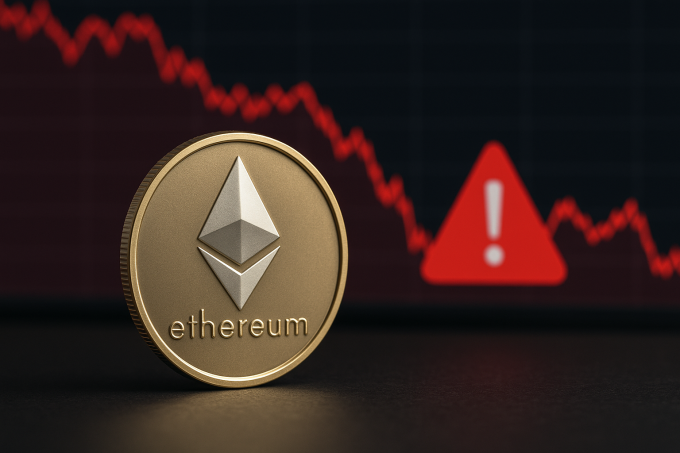Key Points:
- Jump Crypto’s Firedancer team has proposed removing Solana’s 60 million compute-unit block limit.
- The change would follow the Alpenglow upgrade, potentially enabling higher throughput and fewer transaction failures.
- Debate persists within the community, with some developers arguing current blocks are not saturated enough to warrant the shift.
Solana’s Next Scaling Leap
Solana (SOL) may be on the cusp of a new phase in its scaling strategy. Jump Crypto’s Firedancer development team has submitted a proposal, dubbed SIMD-0370, that calls for removing the blockchain’s block-level compute unit limit. The proposal, if adopted, would take effect after the upcoming Alpenglow upgrade and could fundamentally reshape how Solana handles periods of high demand.
Currently, Solana enforces a cap of 60 million compute units per block — a guardrail designed to prevent validators from being overwhelmed. However, Firedancer’s proposal argues that with the Alpenglow upgrade in place, such restrictions may no longer be necessary, allowing blocks to expand in size relative to validator performance.
Bigger Blocks, Bigger Ambitions
Removing block-level limits could have tangible market implications. Larger blocks would allow Solana to process more transactions during network surges, potentially reducing the transaction congestion and failed trades that have plagued DeFi launches and NFT mints in the past. Supporters argue this flexibility could enhance Solana’s competitiveness against high-throughput rivals like Ethereum Layer 2 solutions and Binance Smart Chain.
For context, Solana’s daily transaction volumes often exceed 25 million, according to blockchain data aggregators. Yet, despite this activity, blocks rarely hit their capacity, raising the question of whether the proposed change addresses an immediate bottleneck or prepares the network for future surges in adoption.
Community Debate and Risk Factors
Not all stakeholders are convinced. Anatoly Yakovenko, Solana’s co-founder, noted in the developer forum that block demand has yet to spike fees meaningfully, suggesting that current capacity may already be sufficient. “We haven’t had any time where demand would spike median fees or average fees significantly. So it’s not even clear that burst capacity would be meaningful,” Yakovenko wrote.
Opponents worry that removing compute limits could open the door to validator stress if network conditions outpace expectations. Additionally, bigger blocks may increase centralization pressures, as only the most well-equipped validators could handle peak loads efficiently.
Investor Sentiment and Market Context
The proposal comes at a time when Solana has been regaining market share after a turbulent 2022. SOL is up more than 120% year-to-date, trading near $155, making it one of the best-performing large-cap digital assets of 2025. Investors and developers are keenly watching for technical upgrades that could sustain this momentum, particularly as network reliability has been a recurring concern.
If adopted, SIMD-0370 could reinforce investor confidence by positioning Solana as a blockchain capable of scaling without compromising user experience. But if the risks of validator strain or network instability materialize, sentiment could turn quickly, particularly in a competitive layer-1 landscape.
What Comes Next
The proposal remains in the discussion stage, with final implementation hinging on consensus within the Solana community. Whether it becomes a pivotal scaling breakthrough or a controversial gamble will depend on adoption, validator readiness, and network performance in real-world conditions.
For developers, users, and investors alike, SIMD-0370 represents more than a technical tweak — it signals the ongoing battle to balance scalability, security, and decentralization in the blockchain’s evolution. If executed successfully, Solana could emerge from the Alpenglow upgrade with stronger throughput capacity, reinforcing its place in the high-performance blockchain race.













https://shorturl.fm/oXjld
https://shorturl.fm/i1pqJ